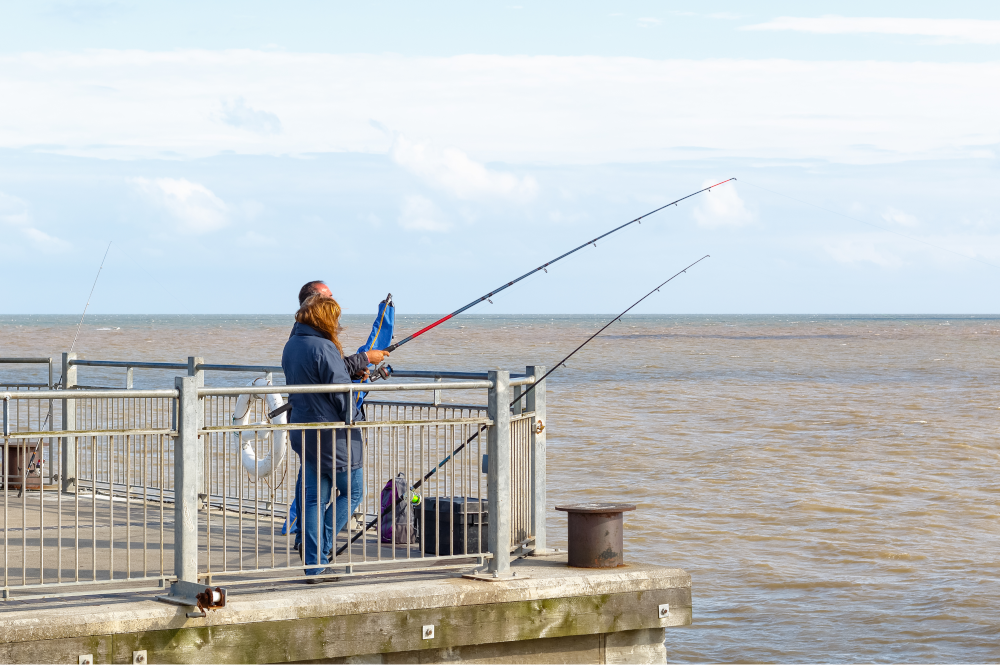If someone asked you to name something that will last forever my guess is that it would be something that’s already been around for a while! Perhaps a famous landmark, a language or maybe even your favourite sport? Of course sport has been around for thousands of years in one form or another but alongside the railways, car, bicycles, telephone, electric light bulb, postage stamp, police force and even the Easter egg we have the Victorians to thank for many of the most popular contemporary sports. They came up with the rules, regulations and referees that enabled games to be organised and popularised but crucially, in the midst of the unregulated construction and personal struggles that accompanied the industrial revolution, they created the spaces where everyday people could play.
Having just returned from Amsterdam I was reminded of these visionary Victorians, being struck by how little green space there was compared to London. Why London is not more like Amsterdam or even New York is down to the foresight of those who recognised how much playing fields could improve lives and decided to do something about it. Indeed, the first Annual report of the London Playing Fields Society in 1891, unanimously agreed that ‘the extent of open spaces now available for the people of London for the purpose of football and cricket was wholly inadequate, and delegates were appointed to confer with the existing ‘Open Spaces’ Societies as to the best practicable means of supplying this want.’
The outcome of these decisions is that London is now one of the greenest and most sporting capital cities in the world, but for how much longer?
The huge demand for more homes associated with today’s migration patterns has put enormous pressure on local authorities to find the space to build on. Selling off a playing field can provide councils (who own 85% of London’s playing fields) with the triple benefit of realising a significant capital receipt, meeting Government housing targets and removing a huge recurring maintenance obligation.
What might be forgotten is that on the other hand the loss of playing fields is often cited as one of the underlying causes when more alarming obesity figures are announced, concerns are raised about young people hanging around and getting involved in gangs or even when our national teams are eliminated early from international tournaments. Playing fields are much more than just expanses of open space. So for those who share our vision and care passionately about the health and well-being of current and future generations here is some ammunition.
- The best form of playing field protection is full use… so use it or lose it!
- Playing fields are where sport starts and for the gifted few they are where careers start. Without a pitch there is no where to play.
- Inactivity costs the NHS £162 per second. If we take away the playing fields where more active lifestyles can be encouraged, that figure can only rise.
- It’s much easier to avoid the temptation of joining a gang where there are ready made alternative places to gather, build friendship groups, a sense of identity, respect and experience the excitement and drama of sport.
Most of all we must all remember that once a playing field is lost, it is lost forever. We’ll be talking more about this in the coming months and at the Substance national conference, Sport for Development: A whole new ball game, when we will be publishing research that reveals the value and difference one of our facilities is making to those that use it. Much like the London underground and inner city schools, playing fields were one of the Victorians finest innovations which need to be maintained and invested in so that more people can play sport.
For more information visit www.lpff.org.uk or tweet us @TheLPFF











